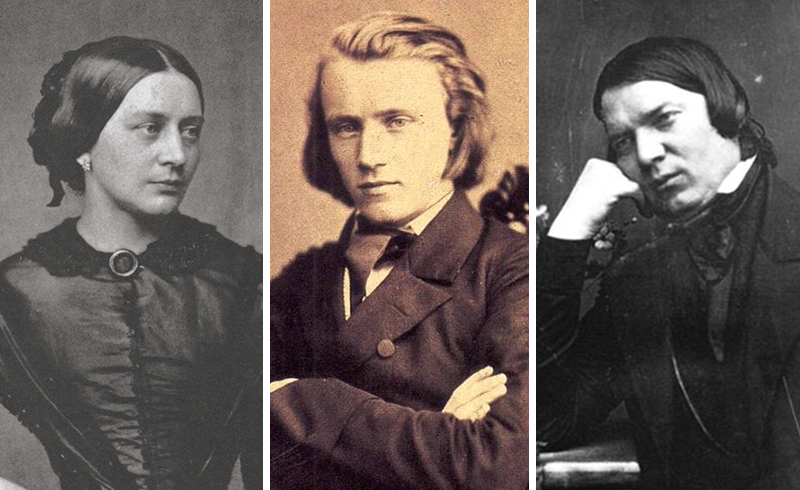
September 21, 2018
Allegro Espresso: Bach’s Violin Concerto in A minor
On October 18, 20 and 21, legendary violinist Itzhak Perlman returns to the Houston Symphony to perform Bach’s exquisite Violin Concerto in A minor as part of our Perlman Plays and Conducts program. In this post, learn how this gem of the violin repertoire was preserved for posterity thanks to one special coffeehouse.

The earliest surviving manuscript of Bach’s A minor Violin Concerto dates from around 1730, not long after he assumed directorship of Leipzig’s collegium musicum. After spending an astounding 6 years producing over 200 sacred cantatas as the new cantor of Leipzig’s Lutheran churches, Bach felt he had enough church music that he could now recycle it in future years. Adding on his post with the collegium provided him with an opportunity to present secular, instrumental music to the public in a series of weekly concerts given in Zimmermann’s coffee shop during the winter and at an outdoor coffee garden in the summer. Bach himself likely performed the solo part at these intimate gatherings, which would have been attended by about 150 coffee-drinkers at most.
Many scholars, however, suspect that the concerto was first composed during Bach’s time as Kapellmeister in Cöthen from 1717-1723. Thanks to the music-loving nature of the prince who employed him, Bach composed many of his most beloved instrumental works during the five and half years he spent there, including his Brandenburg Concertos, Cello Suites and Book I of The Well-Tempered Clavier. The 1730 manuscript may thus be a revision of an earlier version; later in his life he recast the piece yet again as a concerto for harpsichord in G minor.
Whenever he composed it, the concerto has become one of the cornerstones of the violin repertoire. Stylistically, it combines the virtuoso flair and form of Vivaldi’s violin concertos (many of which Bach studied and arranged for organ) with Bach’s own harmonic language and complex textures, in which multiple melodies weave in and out of each other simultaneously.
Each movement follows a similar structural pattern based on a main theme called a ritornello (Italian for “refrain”); the orchestra first presents the ritornello, which then alternates with passages featuring the soloist:
In Bach’s concertos, the returns of the ritornello may be fragmented or interpolated with commentary from the soloist, and typically every measure of a movement derives from some part of the ritornello. The soloist may develop one fragmentary idea from it while the orchestra accompanies with another. This technique creates a profound unity throughout each movement, and remains a model of good composing for many composers today. In this concerto, the fast, fiery outer movements surround a slower, more meditative inner movement. The finale notably features a passage where the soloist uses bariolage (a French term meaning “multi-colored”), a rapid string-crossing technique that in this instance features the flashing sonority of the violin’s highest string. —Calvin Dotsey
Don’t miss Itzhak Perlman performing Bach’s Violin Concerto in A minor on October 18, 20 & 21, 2018! Get tickets and more information at houstonsymphony.org.






